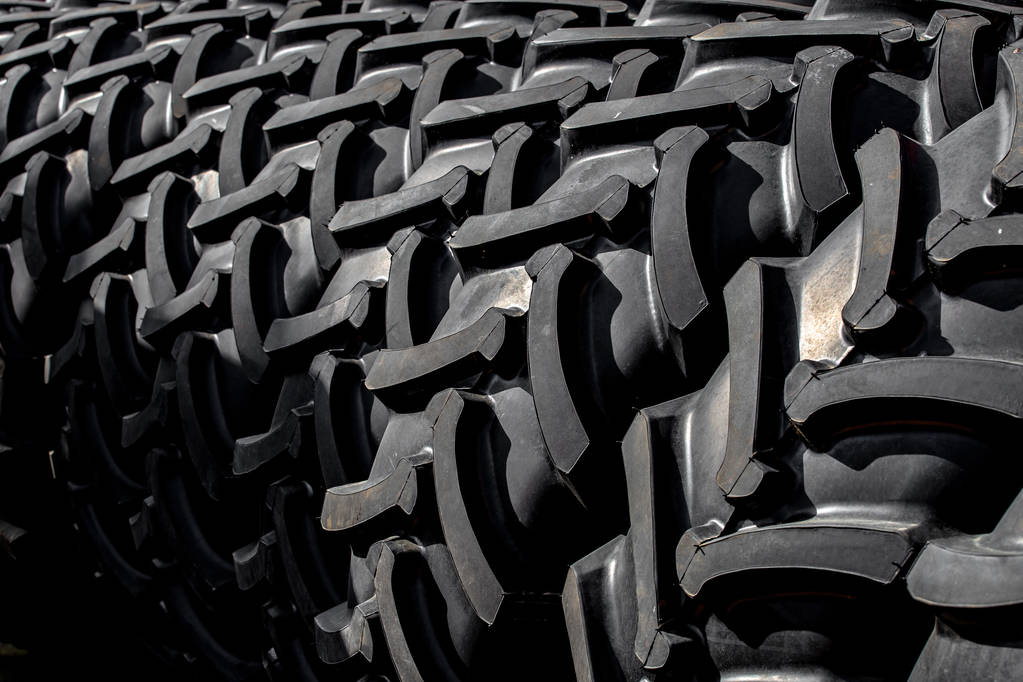Maintaining a beautiful and well-manicured lawn requires the right tools, and one essential piece of equipment is a lawn tractor. These powerful machines can efficiently mow large areas, making lawn care a breeze. However, to maximize their performance, it’s crucial to pay attention to the tires. Lawn tractor tires play a vital role in providing traction, maneuverability, and stability on various terrains.

In this article, we will explore everything you need to know about lawn tractor tires, including types, sizes, treads, and maintenance.
- Types of Lawn Tractor Tires:
a) Turf Tires: Turf tires are the most common type of tires found on lawn tractors. They feature a tread pattern that resembles the letter “X” and are designed to provide excellent traction while minimizing damage to the turf. Turf tires are ideal for lawns, as they distribute the weight of the tractor evenly, reducing the risk of turf damage.
b) Knobby Tires: Knobby tires have an aggressive tread pattern with deep, wide lugs. These tires are suitable for rougher terrains, such as uneven or muddy surfaces. Knobby tires offer enhanced traction and stability, making them perfect for tackling challenging terrains, such as slopes or ditches.
c) All-Purpose Tires: As the name suggests, all-purpose tires are versatile and can handle a wide range of terrains. They feature a balanced tread pattern that offers a good compromise between traction and turf protection. All-purpose tires are suitable for those who have a mix of lawn and off-lawn tasks, providing adequate performance in both scenarios.
- Understanding Tire Sizes:
Lawn tractor tires come in various sizes, and understanding these measurements is essential when it comes to choosing the right fit. The size is usually indicated on the sidewall of the tire and is represented by a sequence of numbers. For example, a common tire size for lawn tractors is 20×10.00-8. Here’s what each number represents:
a) The first number (20) indicates the overall diameter of the tire, typically measured in inches. A larger diameter tire can provide better ground clearance but might also reduce stability.
b) The second number (10.00) represents the tire’s width, measured from sidewall to sidewall, also in inches. A wider tire can improve traction but may cause more damage to delicate turf.
c) The third number (8) refers to the rim diameter, which determines the size of the wheel on which the tire is mounted. It is crucial to ensure that the tire matches the rim diameter of your lawn tractor.

- Tread Patterns and Their Importance:
Tread patterns play a significant role in determining a tire’s performance on various surfaces. Different patterns are designed to optimize traction, minimize slippage, and enhance stability. Here are a few common tread patterns found in lawn tractor tires:
a) Diamond Tread: Diamond tread patterns feature a series of diamond-shaped lugs. These lugs provide excellent traction in both forward and reverse directions, making them suitable for general-purpose mowing on flat to mildly sloped terrain.
b) Bar Tread: Bar tread patterns consist of long, parallel bars that run across the width of the tire. This pattern offers increased traction and stability on hilly or uneven terrains, making it ideal for more challenging mowing tasks.
c) Rib Tread: Rib tread patterns have straight ribs running along the circumference of the tire. This design provides minimal ground disturbance and is ideal for mowing on gentle slopes or well-manicured lawns.
Learn more at Wiki as well.
